High demand dogs that exhaust even prepared homes.
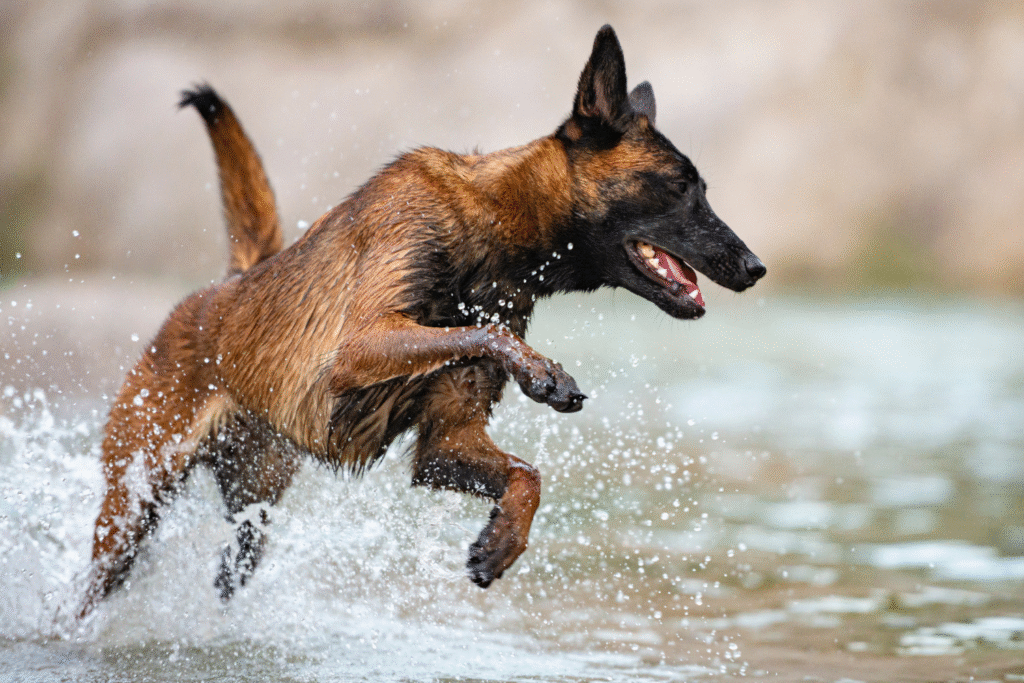
Families often imagine that bringing home a dog simply adds warmth and noise to everyday life, but certain breeds introduce a level of complexity that shifts the entire household dynamic. Their needs can reshape schedules, test patience and challenge even seasoned owners with their intensity. These are the dogs that require structure, commitment and an understanding of instincts that never fully switch off. Experts consistently point out that many families underestimate how demanding some breeds can be, especially when their charm and beauty disguise an enormous workload waiting behind the first hello.
1. The Border Collie pushes families past their capacity.

Their minds move faster than most people expect, firing with an intensity that seems to spark from the moment they wake. Families often fall for their intelligence without realizing the responsibility it brings. This breed is known for requiring relentless mental stimulation and constant direction, a demand supported by herding dog research as reported by the American Kennel Club. Boredom turns their brilliance into chaos, and that chaos fills every spare moment in a busy household.
With time, they only grow more observant and more insistent. They track every movement in the home, anticipate routines and press for tasks throughout the day. This sharp awareness can overwhelm families who simply wanted a playful companion rather than a nonstop strategist with energy that rarely fades.
2. The Siberian Husky overpowers families with nonstop drive.

Their energy is not just high. It is explosive, layered and persistent. A Husky is built for endurance, and that instinct remains strong even in a quiet suburban neighborhood. Their curiosity pushes them to explore beyond boundaries, and their talent for escape is well documented in behavioral summaries as stated by PetMD. Many families find themselves scrambling to secure yards, tighten routines and adjust daily life to keep up.
As they mature, the intensity increases rather than settles. They challenge limits daily, demand long exercise sessions and vocalize their frustrations loudly. Families wanting a relaxed companion often find themselves exhausted by a dog who seems wired for adventure every waking hour.
3. The Belgian Malinois demands precision few homes can provide.
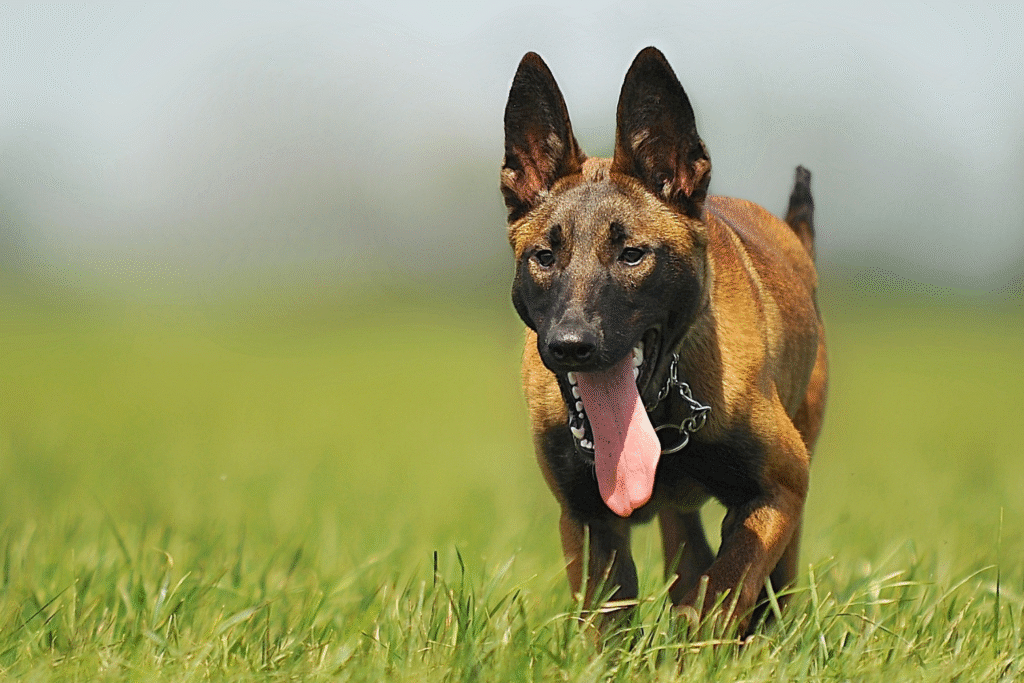
Their drive feels almost electric, and their working background never loosens its grip. A Malinois brims with purpose, scanning every movement and waiting for direction with a level of urgency rarely seen in household pets. Their training needs are immense, something consistently emphasized in professional assessments as discovered by the United States War Dogs Association. Without strong guidance, they escalate quickly, turning small mistakes into daily battles.
Later, their instincts sharpen further. They become more decisive, more reactive and more insistent on structure. Families who cannot commit to near constant engagement find themselves overwhelmed by a dog that thrives only when every hour is accounted for and every expectation is clear.
4. The Australian Shepherd reshapes an entire family routine.
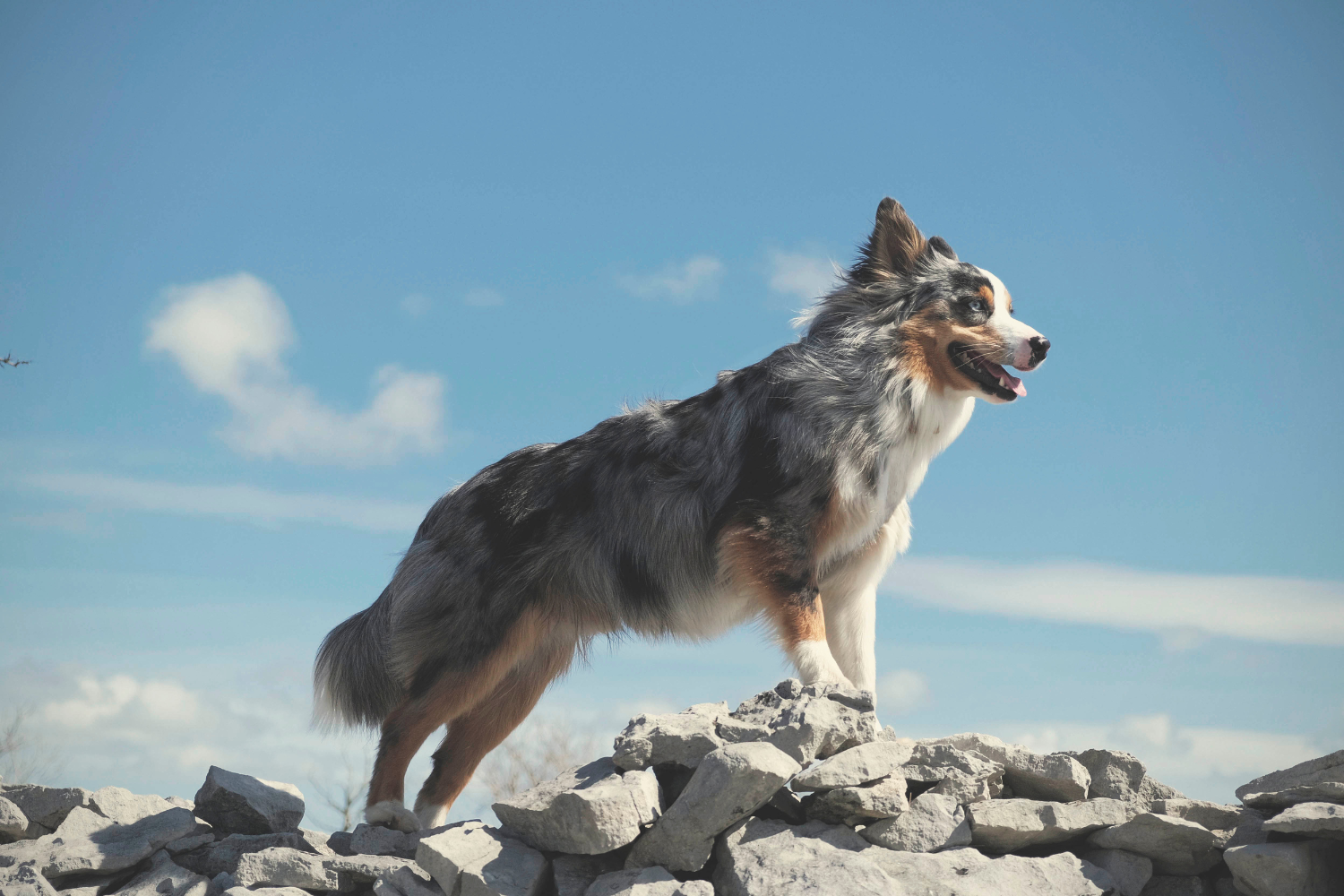
Their herding instincts stay active from morning to night, pushing them to control movement, anticipate patterns and seek challenges even when the family is tired. They need both physical and mental outlets, and when those outlets fall short, their restlessness spills over into the home. Children, visitors and even household noises trigger reactions that require steady management.
As they age, they rarely slow down. Instead, they develop expectations for engagement that demand careful planning. Families must constantly adapt, creating structure and activities to keep the dog stable, otherwise stress becomes a daily companion.
5. The Dalmatian quickly exhausts unprepared households.

Their sleek appearance hides a relentless engine that rarely idles. Even families who enjoy activity often find themselves pushed to new extremes trying to keep a Dalmatian satisfied. They react strongly to changes in their routine, and their sensitivity amplifies stress inside the home. This combination often surprises families who assume their elegance equals calm.
Years later, their stamina remains high. They continue to press for movement, adventure and attention, leaving homes that hoped for a moderate energy dog struggling to keep up with a companion whose drive seems almost endless.
6. The Weimaraner often overwhelms families with emotional intensity.

Their bond with their people runs deep, but that bond comes with a cost. They struggle with separation, vocalize their distress and often resort to destructive behaviors when left alone. Busy households rarely meet their need for closeness and structure. Their physical energy piles on top of their emotional demands, forming a combination that tests even experienced owners.
Over the years, their desire for connection grows stronger. They shadow their family, react intensely to disruptions and require careful routines to stay balanced. Homes lacking time or stability quickly feel the weight of that dependence.
7. The Cane Corso requires leadership many families cannot sustain.

Their confidence fills a room before they even move. A Cane Corso looks to their family for direction, but if leadership falters, they start making decisions on their own. Those decisions reflect a powerful instinct to protect and control territory. Families unprepared for that responsibility often feel overwhelmed by the constant need for guidance and structure.
As they reach full maturity, their assertiveness deepens. They need consistency, respect and clear expectations, all backed by daily follow through. Without that, their independence grows into something unmanageable for most households.
8. The Jack Russell Terrier turns chaos into routine.

Their size misleads people into assuming they are low maintenance, but their intensity rivals that of much larger working breeds. They hunt movement, chase anything that darts and dig the moment boredom creeps in. Families who cannot match their energy quickly find themselves dealing with frustration on both sides.
With adulthood comes even greater determination. They treat every sound and motion as an opportunity for action. Their focus becomes sharper, their restlessness more persistent and their curiosity more demanding, leaving families struggling to keep up.
9. The Akita expects structure that busy families rarely maintain.
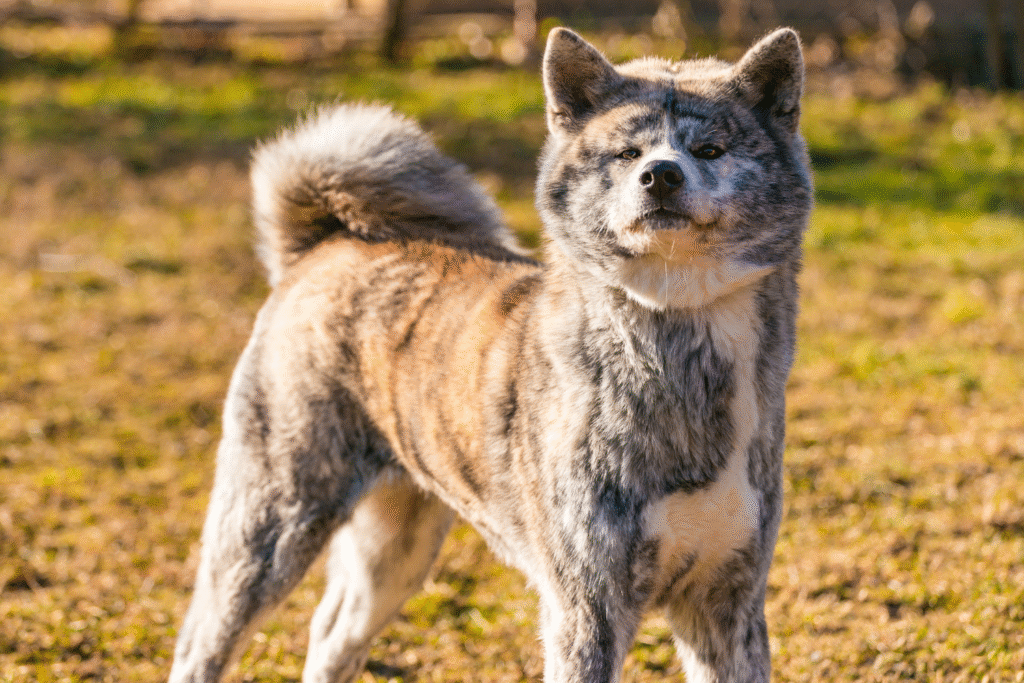
Their independence feels powerful, steady and deeply ingrained. Yet they also guard their home and people with fierce loyalty, creating a delicate balance that requires careful handling. Without consistent boundaries, they make their own judgments, and those judgments often create tension in homes with frequent visitors or unpredictable schedules.
As they mature, their preferences become even more unmistakable. They guard their routines with purpose and react strongly to disruption. Families who lack time for detailed oversight often find themselves stretched thin by a dog with such pronounced instincts.
10. The Great Pyrenees disrupts households with constant vigilance.

They were bred to guard through long nights, and that instinct does not fade in a family setting. They bark to announce every shift in the environment, pacing and patrolling with unwavering dedication. Quiet neighborhoods often struggle with their nighttime habits, and owners discover quickly that the dog takes the job very seriously.
Maturity only strengthens their resolve. They watch everything, decide quickly when something seems wrong and expect their families to respect their protective decisions. This can overwhelm households that simply wanted a calm, fluffy companion rather than a full time guardian.
11. The Chow Chow often pushes inexperienced families toward frustration.

Their aloof nature makes bonding slower and more complex. They do not automatically trust, and they do not rush to please. Families must approach them with patience, nuance and thoughtful socialization. Without that effort, they become stubborn, reactive and disengaged from the home.
Over time, their independence intensifies. They prefer quiet structure, dislike randomness and expect their boundaries to be honored. Families wanting an easy, adaptable companion often find themselves in a constant negotiation they did not anticipate.
12. The Alaskan Malamute overwhelms families with raw power.
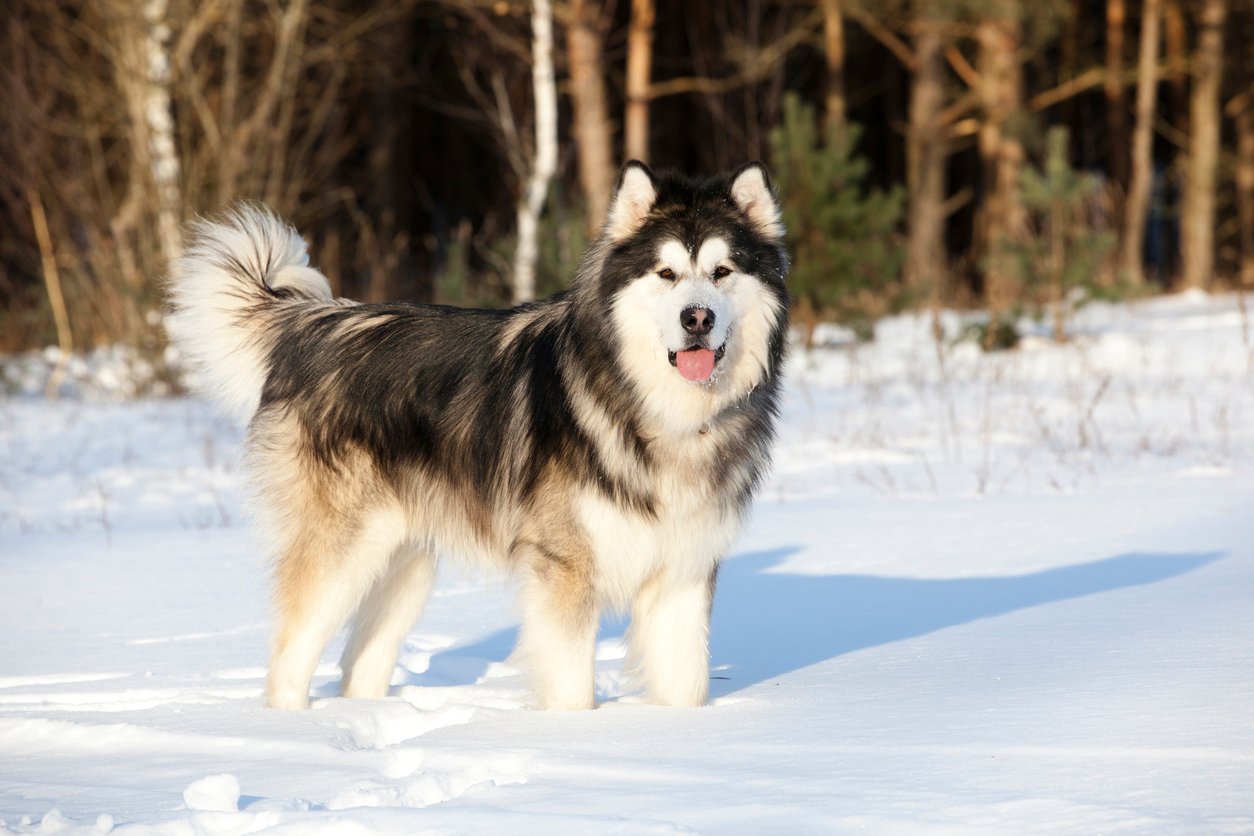
They are built for pulling weight over frozen terrain, and that strength does not diminish in a suburban yard. Their determination challenges owners during training, and their energy level demands extensive exercise that most families cannot maintain. When their needs go unmet, tension fills the home quickly.
In adulthood, they remain powerful and demanding. Their instincts to work, communicate and roam stay sharp, requiring unwavering commitment to keep them balanced and fulfilled.
13. The Cairn Terrier creates nonstop challenges in daily life.

They dig with purpose, chase with enthusiasm and investigate everything with unstoppable curiosity. Families often underestimate how much structure and patience they require. Every sound becomes a reason to act, every scent a trail to follow, and every distraction an immediate mission.
As they grow older, their energy does not fade easily. They continue seeking stimulation throughout the day, expecting engagement, direction and activity. Families hoping for a calm companion often find themselves overwhelmed by a dog who feels permanently switched on.
